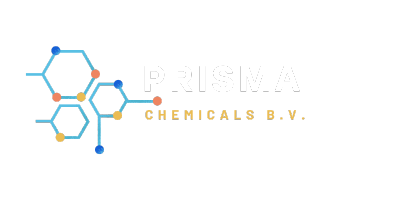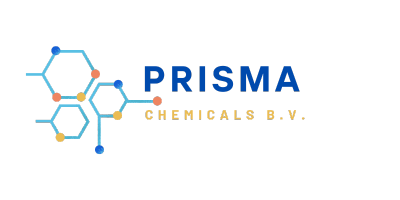Lichtenauerlaan 102/120 3062ME Rotterdam Netherlands

Introduction
In the world of chemistry, certain compounds play crucial roles in a wide range of industries, quietly working behind the scenes to make our lives easier and more convenient. One such compound is soda ash light. While its name might not immediately ring a bell, its impact is felt in everyday products like glass, soaps, and more. In this blog, we’ll take a closer look at soda ash light, its properties, production, and its essential role in creating cleaner glass, soaps, and various other applications.
Understanding Soda Ash Light
Soda ash, also known as sodium carbonate, is a white, odorless powder that’s commonly used in various industrial processes. Soda ash light specifically refers to a refined form of sodium carbonate with a lower amount of impurities. Its chemical formula, Na2CO3, hints at its composition: two sodium (Na) atoms, one carbon (C) atom, and three oxygen (O) atoms.
The Production Process
Soda ash light is primarily produced through two methods: the Solvay process and the Trona ore mining process.
- Solvay Process: This method involves reacting limestone (calcium carbonate) with salt (sodium chloride) and ammonia in a series of chemical reactions. The result is the formation of soda ash light, which is then separated from other byproducts.
- Trona Ore Mining: Trona is a naturally occurring mineral that contains high levels of sodium carbonate. It’s mined and processed to extract soda ash light and other useful compounds.
Role in Cleaner Glass
One of the prominent applications of soda ash light is in the production of glass. When combined with silica (SiO2) and other additives, soda ash light acts as a fluxing agent, reducing the melting point of the mixture and making it easier to shape and form glass products. Additionally, soda ash light helps improve the transparency and clarity of glass, ensuring that the final product is free from unwanted cloudiness or imperfections. So, the next time you gaze through a crystal-clear window or a glass container, remember that soda ash light played a crucial role in its production.
Soda Ash Light in Soaps and Detergents
Another significant application of soda ash light is in the production of soaps and detergents. It’s a key ingredient in the saponification process, where fats and oils are converted into soap through a chemical reaction. The alkaline nature of soda ash light helps break down grease and oil, allowing them to be easily washed away. This property makes it an essential component in laundry detergents, dishwashing liquids, and other cleaning products that aim to remove stubborn stains and grime effectively.
Diverse Range of Applications
Beyond glass and cleaning products, soda ash light finds its way into numerous other applications. It’s used in the manufacturing of paper and textiles to control pH levels during processing. In the food industry, it’s employed as a food additive for various purposes, such as regulating acidity and enhancing flavors. Additionally, soda ash light is a critical component in water treatment processes, aiding in the purification of drinking water and wastewater.
Conclusion
Soda ash light might not be a household name, but its presence is undoubtedly felt in our daily lives. From ensuring the clarity of glass to helping us achieve cleaner laundry and dishes, its contributions are significant and diverse. As we continue to explore the fascinating world of chemistry and its practical applications, let’s remember the unassuming soda ash light and the role it plays in enhancing the quality of various products we use and enjoy.


Leave A Comment